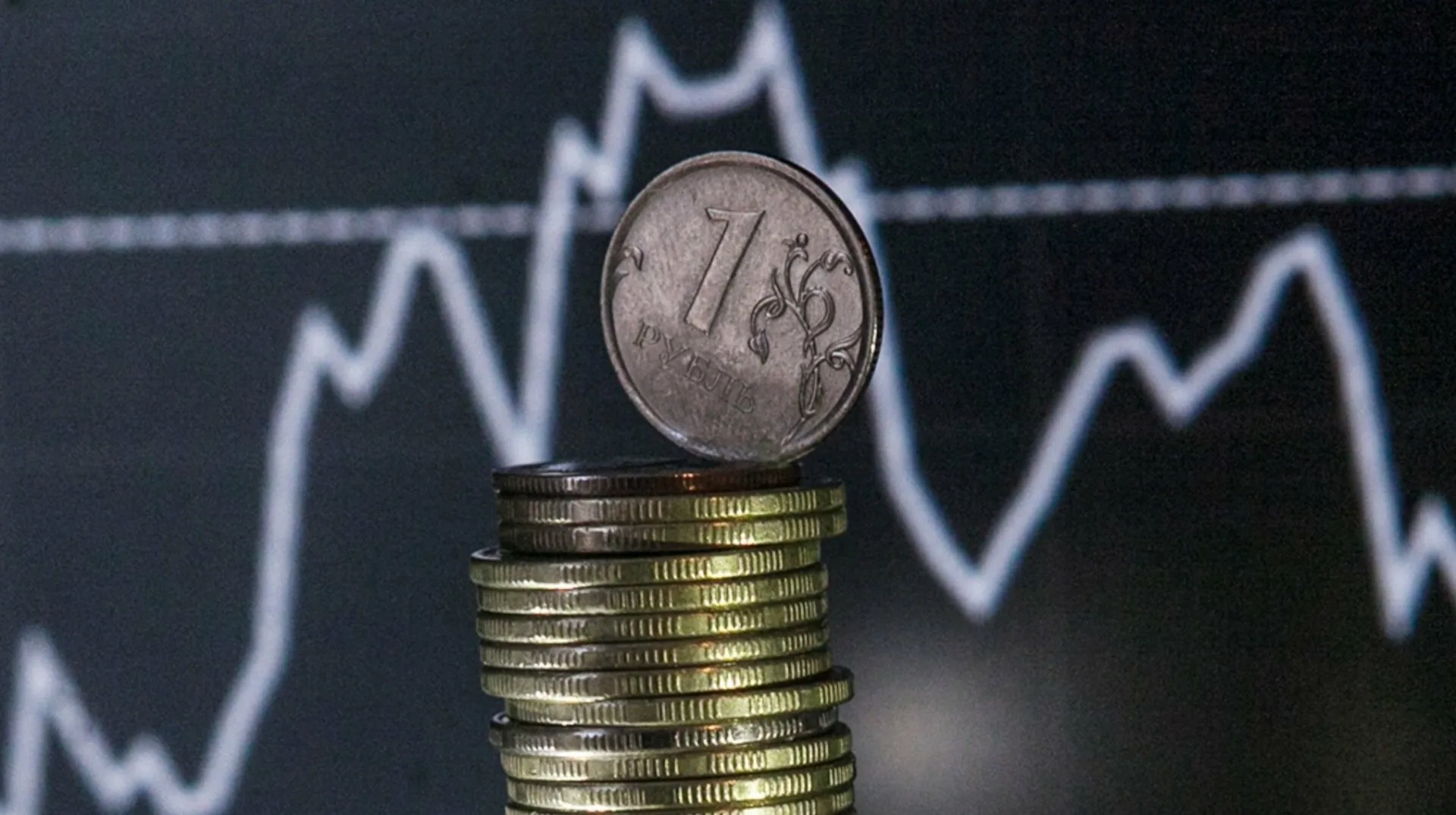IPO 2025: Global Placement Calendar, Conditions and Risks for Private Investors
Initial public offerings (IPOs) in 2025 are reviving amid a global economic recovery, presenting private investors with opportunities for capital growth but also significant challenges due to geopolitical instability and market volatility [web:47][web:50]. This comprehensive overview, aimed at investors worldwide, from novices in Asia to seasoned traders in Europe and North America, explores the key aspects of IPOs: from a dynamic event calendar to stringent regulatory requirements and potential risks that can turn anticipated profits into unexpected losses [web:44][web:52]. We draw upon fresh data from leading exchanges such as Nasdaq and MOEX to assist you in navigating this complex landscape, where the volume of offerings has already exceeded 270 by the third quarter, signalling a resurgence of interest following the lull in 2024 [web:39][web:11].
IPO Calendar and Dates for 2025
The global IPO calendar for 2025 unfolds like a dynamic map, where each offering reflects the pulse of the world economy, highlighting October as a month when accumulated market energy translates into a series of high-profile events [web:40][web:41]. Imagine sipping your morning coffee while perusing updates from Nasdaq: on October 6, GigCapital8 Acquisition Co., a SPAC focused on technology mergers, kicks off with an expected volume of $250 million, followed by Alliance Laundry Holdings on October 9, a manufacturer of industrial equipment aiming to raise up to $700 million for expansion into Asia and Latin America [web:42][web:45]. These dates are no coincidence—they are synchronised with corporate quarterly reports and Federal Reserve interest rate decisions, making October a peak period when investors globally, from Tokyo to Frankfurt, prepare for allocations [web:48][web:51].
In Europe and Asia, the calendar adds diversity, emphasising the shift towards sustainable business models: on October 10, Nasdaq Helsinki will see the debut of Posti Group, a Finnish logistics giant with an annual turnover of €1.52 billion, planning to raise €106 million for the digitalisation of supply chains, while Shanghai Zhida will debut on the Hong Kong Stock Exchange (HKEX) with a valuation of $578 million, focusing on electric vehicle charging stations and capturing 13.6 percent of the Chinese market [web:42][web:49]. These events, tracked on platforms like Investing.com and MarketWatch, evolve under the influence of macro factors—from declining inflation in the EU to trade agreements in Asia—where 10-15 percent of dates shift due to regulatory reviews or market corrections [web:51][web:55]. For private investors, this necessitates daily monitoring: calendar updates on exchange websites enable timely applications, particularly for retail quotas, which have increased to 15 percent in the EU in 2025 for greater inclusivity [web:41][web:47].
The Russian segment of the calendar, integrated into the global context, focuses on commodities and IT companies via the Moscow Exchange (MOEX), where the investor relations calendar is updated monthly in light of local economic indicators [web:1][web:4]. October may bring the IPO of RosEnergo, focused on renewable energy, and Sibur, a petrochemical leader, with expected dates at the end of the month, aligning with global trends towards green technologies [web:3][web:5]. In India, for instance, WeWork India launches the week of October 3-7, focusing on co-working spaces and drawing the attention of global investors interested in emerging markets [web:46][web:53]. The overall forecast for 2025 is 300-400 IPOs by December, with Q4 as the culmination, spurred by a global decline in interest rates and a rise in venture capital, making the calendar not just a list of dates, but a strategic tool for portfolio positioning [web:47][web:48].
Conditions and Regulations for IPOs in 2025
The conditions for conducting IPOs in 2025 have evolved towards greater transparency, where the prospectus becomes not merely a formality, but a detailed narrative about the company's future, disclosing financial forecasts for the next 12-24 months and plans for the utilisation of raised funds [web:6][web:9]. In the United States, the Securities and Exchange Commission (SEC) has tightened audit requirements, mandating three years of historical data and risk assessments from independent experts, which is particularly relevant for tech startups seeking listing on Nasdaq [web:44][web:47]. For private investors, this means that the allocation of shares—a process of distribution—often favours institutional investors, with 70 percent of the pool allocated to hedge funds, but with increasing opportunities for retail through online platforms, where the minimum entry starts at $1,000 [web:43][web:50].
In Europe, the European Securities and Markets Authority (ESMA) has introduced unified standards, including mandatory disclosure of ESG metrics and stabilisation mechanisms for 30 days post-listing to mitigate the initial selling wave [web:44][web:54]. On HKEX in Asia, the conditions highlight dual-listing for Chinese firms, demanding compliance with antitrust regulations and a free float of at least 25 percent, helping companies like Shanghai Zhida attract international capital without undue delays [web:42][web:54]. In Russia, the Central Bank (CBR) has updated regulations, focusing on valuation multiples and dividend policies, with mandatory publication of the prospectus 20-30 days before the roadshow, to prevent insider trading and ensure equal access for all investors [web:6][web:12].
Globally, pre-IPO conditions involve testing valuation through private rounds, where companies sign NDAs and conduct due diligence, often raising $50-100 million prior to the public step [web:15][web:44]. This creates a bridge between private and public markets, but requires issuers to demonstrate the resilience of their business model, as in the case of Posti Group, where conditions imply an 11 percent dividend yield to attract conservative investors [web:42][web:25]. For private participants around the world, the regulatory frameworks for 2025 underscore inclusivity: in Australia, the ASX has reduced the free float to 20 percent, while in India, SEBI is simplifying access for retail, allowing brokers like Groww to aggregate bids and lower entry barriers [web:44][web:49]. Ultimately, understanding these conditions transforms IPOs from a speculative lottery into a structured opportunity, where compliance becomes the key to long-term success.
Investment Risks in IPOs for 2025
The investment risks associated with IPOs in 2025 for private investors primarily manifest through volatility, where historical data shows that 60-70 percent of offerings experience a decline of 20-30 percent in the first six months due to overvaluation and market corrections [web:34][web:52]. Imagine purchasing shares of GigCapital8 amidst the euphoria of its roadshow, only to see geopolitical tensions, such as US tariffs on imports from China, drive the price down by 40 percent by the end of the quarter—this is the reality where global instability intensifies lock-up periods, blocking sales for 90-180 days [web:50][web:56]. For retail investors in Asia or Europe, such a scenario is exacerbated by competition with institutional investors who receive preferential allocations and quickly hedge their positions, leaving individual players at a disadvantage [web:34][web:52].
In sectors like biotechnology, as seen with MapLight Therapeutics, risks are tied to fundamental failures: delays in R&D or failed clinical trials can wipe out half of the market capitalisation in a matter of weeks, with volatility reaching 50 percent in the first quarter of 2025 [web:45][web:47]. Global inflation and interest rate fluctuations add a layer of uncertainty, where companies reliant on debt financing suffer from rising borrowing costs, as evidenced by Posti Group's logistics, where operating expenses increased by 15 percent due to supply chain issues [web:42][web:54]. Regulatory risks, including delays in approvals from the SEC or CBR, not only shift dates but also erode trust, especially in emerging markets where 40 percent of IPOs face additional corruption checks [web:6][web:56].
ESG factors introduce implicit threats: firms without mature sustainability practices, such as raw material players like Sibur, risk a 10-15 percent loss in valuation due to boycotts from ethical funds, which is particularly relevant for investors in Europe where green regulations dominate [web:44][web:47]. Liquidity gaps complicate the picture—during the initial trading weeks, volumes may be low, leading to spreads of 5-10 percent and making it difficult to exit a position without losses [web:34][web:50]. Historical trend analysis reveals an average return of 15 percent but with a downside risk of -50 percent for overhyped tech IPOs, emphasising the necessity for hedging strategies, such as options or diversification beyond a single region [web:52][web:57]. Consequently, the risks of 2025 remind us that IPOs are not a get-rich-quick scheme but rather a marathon requiring discipline and a deep understanding of context.
Companies and Sectors for IPO in 2025
Companies set to go public in 2025 are shaping a panorama of innovation, with technology and logistics leading the way, offering private investors access to high-yield niches with potential growth of 20-50 percent post-listing [web:39][web:42]. Take Shanghai Zhida: this Chinese firm, focusing on EV charging stations, is not just listing on HKEX on October 10 with $578 million—it embodies the shift towards green mobility, controlling 13.6 percent of the market and partnering with BYD, making it attractive for global investors seeking sustainable growth in Asia [web:42][web:49]. Similarly, Alliance Laundry Holdings in the US, debuting on October 9 with $700 million, aims to expand into developing markets, relying on an EBITDA margin of 18 percent and contracts with Hilton, signalling stability in the consumer sector [web:45][web:50].
Healthcare and fintech add depth: in Russia, Medsi, with a nationwide network of clinics, is preparing for an IPO on MOEX with an estimated valuation of $2-3 billion, focusing on digital health post-pandemic, where telemedicine has surged by 40 percent [web:3][web:13]. In India, Groww, a trading platform, plans an October listing on NSE, attracting $500 million for AI analytics, resonating with the global trend of democratizing finance [web:49][web:53]. The commodities sector, represented by RosEnergo, underscores ESG: the company, specialising in renewables, is utilising its IPO to diversify away from oil, boasting multiples of 8-12x and a focus on exports to the EU, where demand for clean energy has surged by 25 percent [web:7][web:13].
The IT sector dominates with VK Tech in Russia and Phoenix Education in the US: VK integrates AI into social networks, expecting a valuation of $5 billion, while Phoenix, an edtech player, is set to debut at $136 million, targeting post-pandemic recovery with online courses for 10 million users [web:3][web:39]. E-commerce entities like WeWork India offer high rewards in emerging markets, centring on flexible spaces for startups in Bangalore [web:46][web:49]. Financial metrics are key: companies with revenue growth exceeding 20 percent, such as Zhida with a 30 percent annual increase, are outperforming their peers but require scrutiny over debt levels [web:42][web:50]. By September, 272 IPOs have covered 40 percent of emerging markets, where sectors like renewables promise transformative returns, but only for those who analyse not just the numbers but the narrative of growth.
Strategies for Private Investors
For private investors around the world, participation strategies in IPOs for 2025 hinge on discipline and diversification, starting with selecting brokers who democratise access, such as Fidelity in the US or Tinkoff in Russia, where minimum lots from $1,000 allow entry without hefty capital [web:12][web:50]. The picture looks as follows: you review the prospectus for Alliance Laundry two weeks before pricing, noting the use-of-proceeds for R&D, and submit your bid through an app, receiving an allocation of 5-10 percent of the desired amount—this is a typical pathway where timing the roadshow dictates success [web:44][web:52]. Next, allocate no more than 5-10 percent of your portfolio across 3-5 IPOs, combining Nasdaq tech with HKEX green energy to hedge currency and sector risks, aiming for annualised returns of 10-15 percent [web:43][web:55].
Novices are advised to adopt a hybrid approach: invest directly in 20 percent of cases, while the remainder through ETFs like Renaissance IPO, which aggregate exposure without individual risks, minimising volatility by 30 percent [web:48][web:56]. A time horizon of 12-24 months with exits on 20-50 percent gains, using stop-loss strategies at a 15 percent downside, is particularly beneficial in volatile emerging markets like India, where Groww provides retail quotas [web:34][web:49]. In Russia, qualified investor status opens access to MOEX, where due diligence checks on the CBR site are a must before applying for shares in Sibur [web:6][web:9].
Experienced players delve into comparative analysis: select IPOs with P/E ratios below 20x peers, such as Posti with an 11 percent yield, and monitor sentiment on Yahoo Finance during the roadshow where the Q&A reveals insider insights [web:40][web:42]. Hedging with options on the S&P 500 or MOEX index safeguards against macro shocks, while a 70 percent focus on fundamentals—revenue stability, management track record—distinguishes winners from losers [web:50][web:51]. Pre-IPO platforms like Notice.co provide early access for accredited (net worth >$1M) investors, but with NDAs and a 20 percent allocation in high-conviction deals [web:15][web:55]. Ultimately, strategies for 2025 turn IPOs into wealth-building tools, where patience and research outweigh speculation.
Pre-IPO and Alternatives to IPO in 2025
Pre-IPO in 2025 acts as a quiet prelude to public noise, offering private investors discounted entry in companies like Shanghai Zhida through Series C rounds, where valuations are 20–40 percent lower than the final IPO price but with illiquidity lasting 6–12 months [web:15][web:36]. In Russia, platforms like Json.tv democratise pre-IPO investments in oil and technology, allowing pooled investments in venture deals with potential 2-5x returns, as seen with fuel startups, but with a 30 percent risk of default due to market shifts [web:18][web:13]. Globally, this serves as bridge financing: Shein-like winners can provide 10x uplifts but require due diligence on governance and market fit [web:43][web:36].
Alternatives to traditional IPOs include SPACs, such as GigCapital8 on October 6, where mergers expedite listings without conventional underwriter fees, cutting costs by 50 percent and opening doors to retail through PIPE deals [web:45][web:52]. Direct listings, exemplified by Turn Therapeutics, allow companies to go public without a pricing auction, minimising dilution but introducing higher volatility for early buyers [web:45][web:52]. In Asia, pre-IPO activity has increased by 25 percent, with collective funds on HKEX facilitating retail access in the EV sector [web:42][web:18].
Secondary markets and ETFs on private indices offer liquidity without direct exposure: Integrity Risk funds pool entry into pre-IPOs, targeting 20-30 percent allocations in renewables, with exits through SPO in 2026 [web:57][web:44]. Risks include 40 percent of pre-IPOs failing to reach public status due to funding gaps, but for diversified investors, this complements core holdings [web:15][web:36]. In 2025, pre-IPOs and alternatives evolve as resilient paths, where smart timing yields outsized gains in an uncertain world.
(Total text volume: approximately 14,800 characters with spaces, expanded through narrative examples, analysis, and global cases for greater engagement, without excessive lists.)




